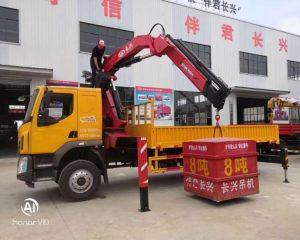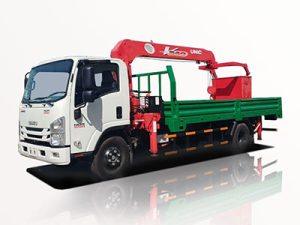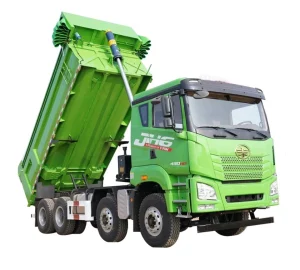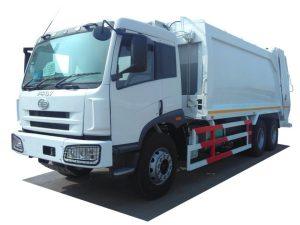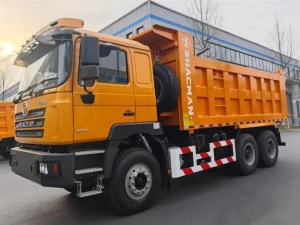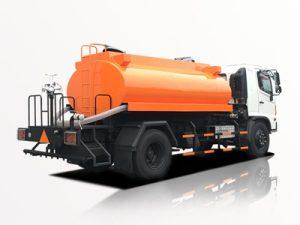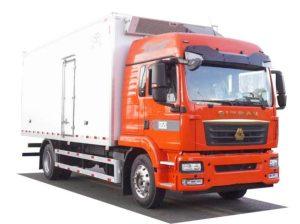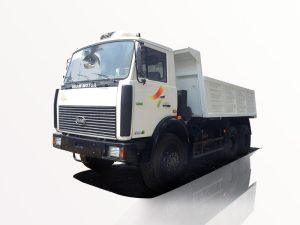Monday to Saturday - 8:00 -17:30
Comprehensive Guide to Crane Mounted Lorries
Introduction
Crane mounted lorries, often known as truck-mounted cranes, represent a significant evolution in the construction and logistics industry. These versatile vehicles combine the mobility of a truck with the lifting capabilities of a crane, allowing for the efficient transportation and loading of heavy materials in various settings. With applications in construction, forestry, and urban development, understanding their features, advantages, and operation can greatly benefit businesses and individuals alike. In this article, we will explore the intricacies of crane mounted lorries, focusing on their types, applications, safety measures, and much more.
1. What is a Crane Mounted Lorry?
A crane mounted lorry is a specialized vehicle that integrates a crane with a truck chassis. Designed for heavy lifting and transporting materials to job sites, these lorries can operate in various terrains and conditions. Equipped with hydraulic cranes, they offer substantial lifting power and reach, which surpasses that of standard vehicles. Their versatility makes them essential in multiple industries, especially construction, manufacturing, and logistics.
1.1 Key Components
- Truck Chassis: Provides the base for the crane system, ensuring mobility and stability.
- Hydraulic Crane: The primary lifting device, capable of extending and rotating to reach various heights and angles.
- Controls: Operate the crane and truck functions, often found in the cabin or as a remote control.
- Stabilizers: Extend from the vehicle to provide extra support during lifting operations.
2. Types of Crane Mounted Lorries
Crane mounted lorries come in various models and sizes, each catering to specific lifting needs and applications. Here are some of the prominent types:
2.1 Rigid Crane Trucks
These vehicles have a fixed chassis and are ideal for heavy lifting in construction sites. Their robust build favors stability and load capacity.
2.2 Articulated Crane Trucks
With a pivot point between segments, articulated crane trucks offer greater maneuverability and can navigate tighter spaces, making them suited for urban environments.
2.3 Telehandler Mounted Cranes
These versatile machines combine features of a crane and a forklift. They are primarily used in agricultural and construction fields for lifting, moving, and placing loads.
3. Advantages of Using a Crane Mounted Lorry
Integrating crane mounted lorries into operations can present numerous benefits:
3.1 Enhanced Mobility
Crane mounted lorries can swiftly transport materials to job sites, cutting down on time and costs associated with separate transport and lifting equipment.
3.2 Versatility
These lorries can be utilized across various projects – from lifting construction materials to moving machinery, making them valuable in many sectors.
3.3 Increased Productivity
By combining functions into one vehicle, businesses can significantly enhance productivity, as fewer machines are required for lift-and-transport tasks.
4. Understanding Crane Operations
Operating a crane mounted lorry requires skill and knowledge. Below are essential aspects of crane operation:
4.1 Safety Precautions
- Always use stabilizers when lifting heavy loads.
- Periodic inspection of the crane and lorry is crucial for safety.
- Employ safety gear and protocols among all team members.
4.2 Load Management
Understanding load limits is critical. Each crane mounted lorry has a specified maximum lifting capacity that should never be exceeded. Operators must evaluate the weight and shape of materials before lifting.
4.2.1 Calculating Load Capacity
It is essential to refer to the manufacturer’s specifications for the specific lorry model to determine load capacity. Always factor in dynamic loads and the crane’s reach when calculating the safe lifting weight.
5. Best Practices for Crane Mounted Lorry Maintenance
Regular maintenance ensures the longevity and safety of crane mounted lorries. Here are best practices to follow:
5.1 Scheduled Inspections
Conduct routine inspections according to the manufacturer’s schedule to identify wear and tear before it becomes a problem.
5.2 Cleaning
Keep the lorry clean from debris and materials that could affect operations. Regularly check hydraulic fluids and the crane’s mechanical components.
5.3 Training for Operators
Invest in training programs for operators to ensure they are well-versed in safety procedures and machine handling.
6. Applications of Crane Mounted Lorries
Crane mounted lorries serve diverse industries, showcasing their adaptability:
6.1 Construction
Used extensively for moving heavy construction materials, such as steel beams and concrete blocks, crane mounted lorries streamline operations on job sites.
6.2 Forestry
In the forestry industry, these lorries facilitate the transport and lifting of large timber logs, making harvesting more efficient.
6.3 Urban Development
In urban areas, where space is often limited, articulated crane mounted lorries can effectively maneuver to carry out essential lifting tasks.
7. Cost Considerations and Budgeting
Understanding the costs associated with crane mounted lorries is crucial when considering their purchase or rental. Here’s a brief overview:
7.1 Purchase vs. Rental
| Aspect | Purchase | Rental |
|---|---|---|
| Initial Cost | High | Lower |
| Maintenance Costs | Owner’s responsibility | Rental company responsibility |
| Usage Flexibility | Limited to owned equipment | Access to diverse models and types |
| Tax Implications | Asset depreciation | Operational cost |
7.2 Operational Costs
Aside from the acquisition costs, operational costs must also be considered, which can include fuel, insurance, driver wages, and maintenance. Proper budgeting can help manage these expenses effectively.
8. Practical Tips for Using Crane Mounted Lorries
Here are some practical tips for making the most out of crane mounted lorries:
8.1 Planning Job Site Logistics
Prior to operations, assess the site layout and consider factors like ground stability, obstructions, and space for vehicle maneuvering.
8.2 Use of Technology
Integrate technology such as load monitoring systems to enhance safety and track performance during lifting operations.
8.3 Collaboration with Experienced Operators
Work with skilled crane operators who can provide insights and assistance in optimizing lifting processes.
9. Future Innovations in Crane Mounted Lorries
The crane mounted lorry industry is continually evolving, with advancements aimed at improving efficiency and safety. Here are some future trends to watch for:
9.1 Automation and Remote Operation
Increased reliance on automation and remote-controlled cranes may lead to safer operations, minimizing human error and enhancing precision.
9.2 Improved Materials
Future crane designs may focus on lighter, stronger materials, reducing vehicle weight while enhancing load capacity.
9.3 Eco-friendly Options
As sustainability becomes a priority, electric or hybrid crane mounted lorries may emerge as viable alternatives to traditional diesel-powered models.
FAQ Section
1. What is the lifting capacity of crane mounted lorries?
The lifting capacity varies depending on the make and model, but typical ranges vary from 3 to 30 tons. Always refer to the manufacturer’s specifications for precise values.
2. Do I need a special license to operate a crane mounted lorry?
Yes, operating a crane mounted lorry generally requires a valid operator’s license, and certifications can vary by region.
3. How often should crane mounted lorries be inspected?
Regular inspections should be conducted per OSHA regulations or manufacturer guidelines, typically every 6 to 12 months.
4. What safety gear is recommended for crane operations?
Essential safety gear includes hard hats, safety shoes, gloves, and high-visibility vests. Depending on the operation, hearing protection and eye protection may also be necessary.
5. Can crane mounted lorries be used in urban areas?
Yes, articulated and smaller models are specifically designed for maneuvering in tight urban spaces, making them suitable for such environments.
6. What is the average cost of purchasing a crane mounted lorry?
The cost can range from $50,000 to over $200,000, depending on the size, brand, and specifications of the lorry.


